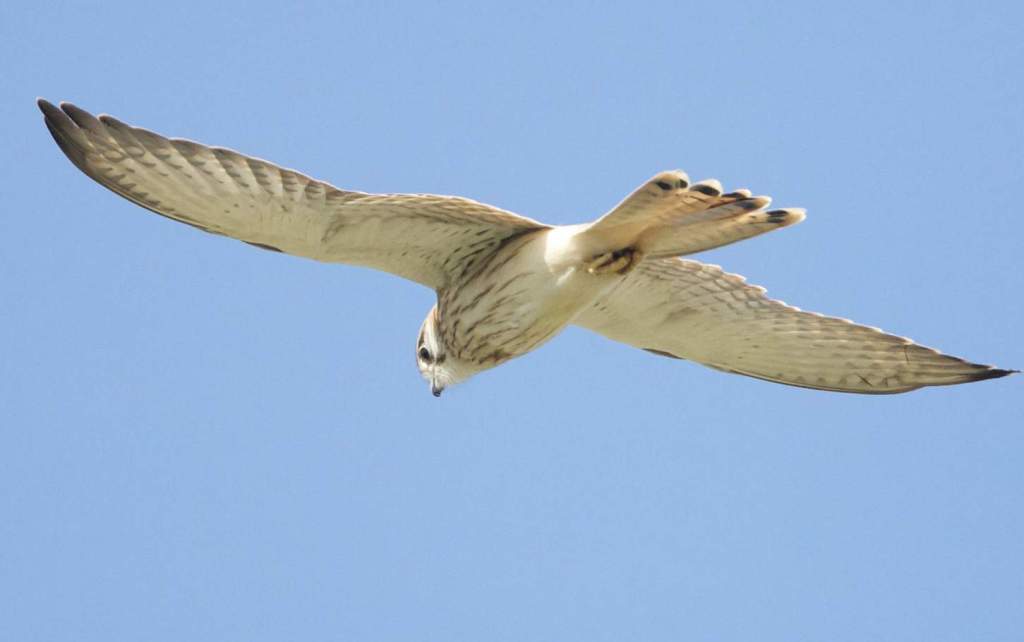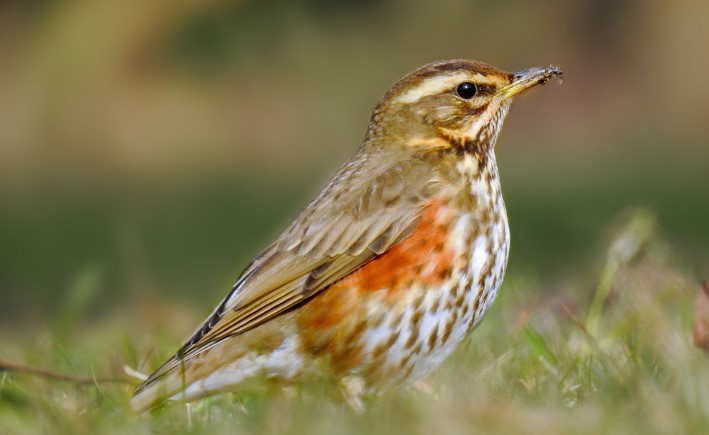Habitat: The Australian Kestrel (Falco cenchroides) is one of the smallest falcons and lacks the speed of the typical falcon family members. They are common and nomadic, following flushes of their prey and appearing in numbers in pastoral areas when mice or insects plague. Adaptable birds can exploit small urban parklands and nest on high-rise buildings, avoiding dense forests that prevent hunting.
They shift north in winter and south along the eastern seaboard, even reaching New Guinea on migration. Most young pairs move, while older, established pairs hold territory year-round. In favorable seasons, kestrels rear successive broods. Displaying pairs fly, dive, and hover close together near the nest site, calling loudly.

Diet: This species eats insects, small birds, reptiles, and rodents, mostly mice, as well as small birds. The Australian kestrel preys on ground creatures. When it locates them, it hovers expertly at one spot, 10–20 meters up, for minutes. From that vantage point, it watches the ground, its wings quivering and its tail fanned. If it sights prey, it drops, hovering lower and lower in steps until finally plummeting head first onto the victim. Although catching mostly insects, kestrels rely on a variety of vertebrates—rodents, rabbit kittens, ground birds, and reptiles—for the bulk of their diet.
Identification: The male upper parts are pale rufous with fine, sparse dark spotting on the back; the head is rufous and tinged with pale blue-grey. The face is white with a thin, dark tear stripe from the front of the eye down to the side of the throat. Outer flight feathers are almost black, with buff-colored bars to inner vanes. The rump and tail are plain pale gray, with a black bar near the tip.
The tip is white. Underparts are white, sometimes with a faint rufous wash on the breast and flanks and some dark streaks on the breast. The eyes are brown; the eye rings and cere is yellow. The bill is blue-grey; feet yellow; claws black. The female is like the male but more heavily spotted, with black above and streaked below; the tail is pale and rufous, with black bars and a narrow black bar near the tip. The immatures are similar to females but prominently marked with black. The downy young are white.
Vocalization: The Australian Kestrel is a high-pitched shrill, repeated ki or twitter, in alarm or when nesting.
Nest: Nesting occurs in July–December, peaking in September–October. No nests are built; use tree hollows, recesses in cave entrances, ledges on city buildings or cliffs, and nests of ravens and other birds.
Eggs: The Australian Kestrel lays 3 to 7 eggs, usually four; very pale buff or pink with blotches of brown-red; round, about 38 x 31 mm. The incubation period is 26–28 days for females. Young fledge in about 25–26 days. Only the female incubates, and the male hunts until the young are well-grown, passing prey to her for herself and the chicks. In the week before fledging, both parents bring food independently. In favorable seasons, multiple broods are raised.
Distribution: Most common in open woodland and agricultural land. Nomadic and fluctuating in numbers Straggles to Norfolk, the Lord Howe Islands, and New Zealand Another race of mountainous New Guinea
Alternative Name: It is also known as the Nankeen Kestrel.
Size: The male is 310 millimeters long, and the female is 350 mm long.
Family: Falconidae
Genus: Falco
Read More: Australian Hobby – A Fierce and Dashing Hunter







